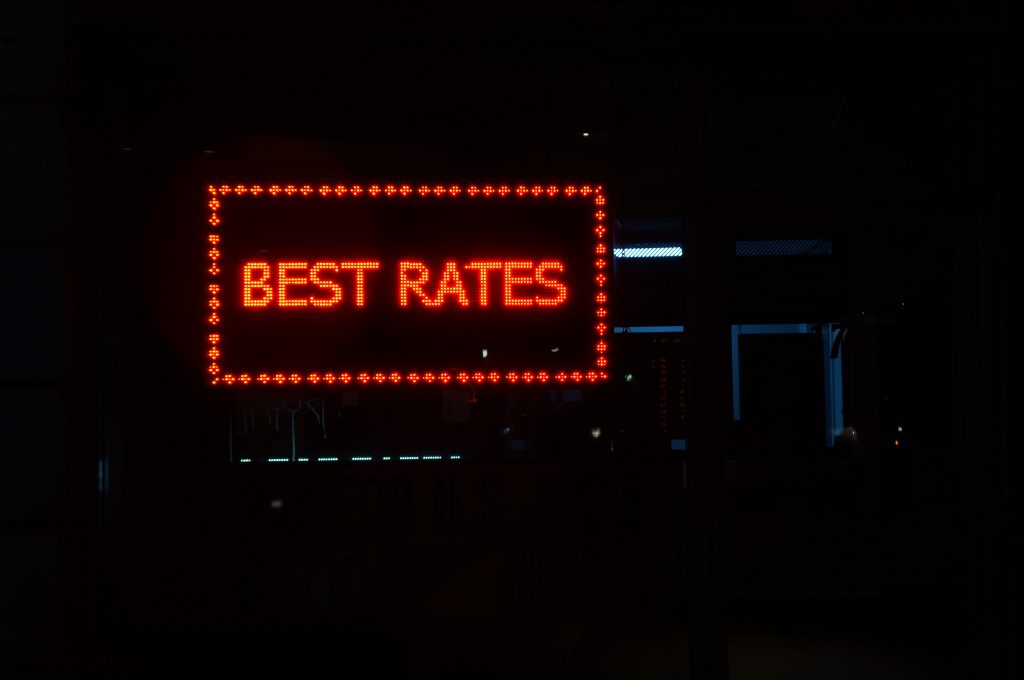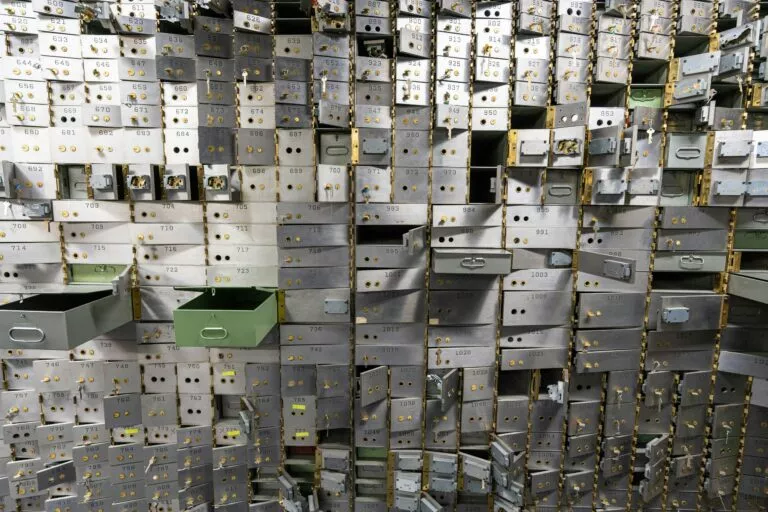Why are Interest Rates so High?
This Is Getting Out Of Hand And A Small Glimmer Of Good News – Why are Interest Rates so High in Australia?
Why are Interest Rates so high and keep on rising?
Banks are again revising the number of rate rises the RBA will make. Thanks to the minimum wage rise, there are a number of bank economists who think that we will see another rate rise or two in July and August. An article from The Guardian, where Warwick McKibbin (Former Reserve Bank Board Member) stated, “We’re going to get some surge in wages” after the Fair Work Commission’s 5.75% verdict for low-paid workers and other decisions, he said. “We’re probably not going to be cutting rates anytime soon but we certainly may not need to go as high as we were going to.”
COVID-19 lockdowns have also been a contributing factor. Economists didn’t anticipate the economic recovery from the global recession caused by the lockdown would be this strong.
I wish there was good news in the short term. While opinions were that the RBA was at the top of the interest cycle – that seems to have been revised so that after each rate rise there will be another one or two.
June marked the start of the largest tranche of fixed-rate mortgages resetting back to variable interest rates. So the impact of those rate rises will be affecting more and more people than they have in the past. That’s a point in favour of a pause.
Bill Evans at Westpac, who was confident we were at the top of the cycle a couple of months ago, still thinks we will see another rate rise. But he also believes that 2024 will see a number of interest rate cuts as our inflation stabilises back into the target range.
The net effect of all these rate rises is a lot of people can no longer refinance an existing loan at the current rates with the current approvals process even if the new repayment would be cheaper. This is what is called ‘Mortgage Prison.’ In Mortgage Prison you are stuck with the loan you have.
The biggest culprit is the 3% buffer rate.
This buffer requires prospective borrowers to be able to meet mortgage repayments at 3% above the prospective loan’s interest rate, meaning borrowers will be assessed at around 9%.
Accordingly, a large share of borrowers do not qualify for refinancing, trapping them in ‘mortgage prison’ with their existing lender paying an exorbitant interest rate.
To approve a new loan the lender has to be able to show a borrower can afford repayments should the interest rates rise 3% above the current level. With the rises we’ve had – that is going to be difficult for most people.
So some lenders have started a simple refinance process that uses just a 1% buffer.
Broadly this is for people looking to refinance who meet the following criteria:
- The new loan must reduce your repayment
- CCR score must be above 650 for all applicants
- No arrears or hardship reported in the last 12 months
- 12 Months of clean repayment history on your home loan and other debts you have
- Cash out maximum amount of $50k
- New loan must be P&I repayments
- You need to make a declaration of no foreseeable material or adverse changes to your ability to repay the loan
There may be additional conditions. If you aren’t sure if you qualify, the easiest thing to do is to get in touch and we can figure out if you do and which home loan works best for you. If you are worried that you won’t be able to refinance your loan and are looking to find a way to cut your costs a little please reach out by going to https://mortgageworldaustralia.com.au/contact or calling 1300 661 211 for a review of your situation.

Patrick is a Director and a Home Loan Specialist. He has been helping Australians with home loans since 2001. Prior to working as a mortgage broker Patrick was employed by Macquarie Bank for 3 years and also worked as an accountant for a publicly listed company. Patrick’s qualifications include:
Bachelor of Business, UTS Sydney. Majored in accounting and sub-majored in Finance and Marketing.
Diploma of Finance and Mortgage Broking Management FNS50310
Certificate IV in Financial Services (Finance/Mortgage Broking) FNS40804
Ready to Take the Next Step?
Whether you’re looking to buy your first home, refinance, or explore investment opportunities, Mortgage World Australia is here to help.
Fill out the contact form below, and one of our expert mortgage brokers will be in touch shortly to discuss your needs and guide you through your options.
Get Started Today!









